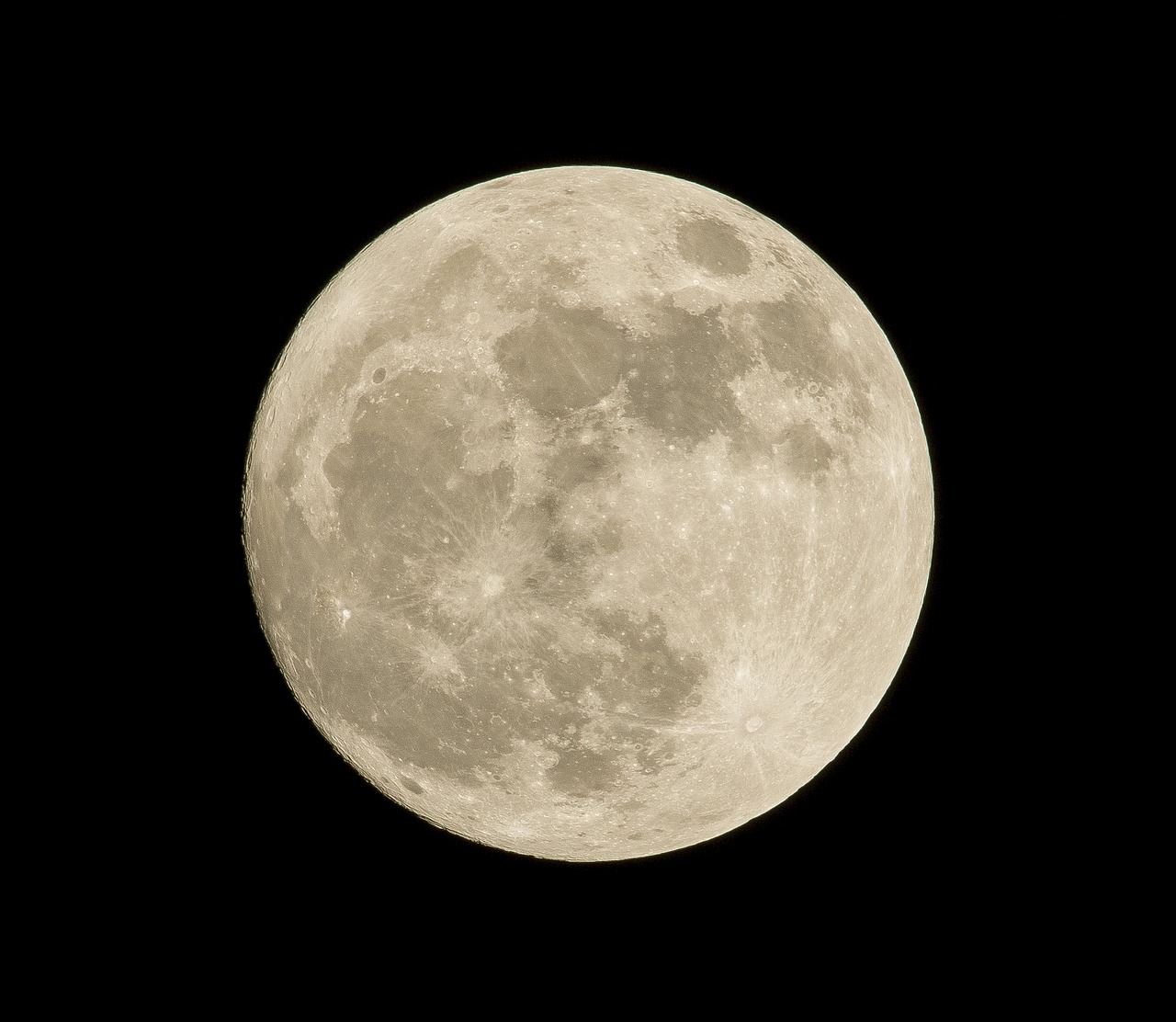The Moon has been considered the perfect astronomical object for centuries, but its true nature remains a mystery. This article will introduce the size, cratered surface, and phases of Earth’s only natural satellite. In addition, you’ll discover why the Moon is called the’sun’. If you’ve never seen the moon, then you’re in for a treat! You’ll learn everything you need to know about the moon’s origins, phases, and most important facts.
Earth’s only natural satellite
A satellite is a celestial object that orbits a larger object, such as the Sun or Earth. The moon is the only natural satellite of the Earth, which takes 27.3 days to orbit it. The moon orbits Earth at a speed of approximately one kilometer per second. Man-made satellites are known as artificial satellites. The moon orbits Earth in a geosynchronous orbit. Several human-made satellites also orbit the Earth, but the Moon is the only natural satellite.
Its phases
If you are interested in the moon and how it moves in our sky, you might want to learn about its phases. The moon takes 27.3 days to complete an orbit around the Earth, and it moves around the sun at the same time. Each lunar month, the moon goes through eight phases, including the new and full moon. This FREE primary resource will teach you more about the phases of the moon. Here, you will discover how to name each of them, including their definitions.
Its cratered surface
Mercury is the closest planet to the sun, rotating twice in three orbits. The temperature on Mercury’s cratered surface is more than 800 degrees Fahrenheit, and it is surprisingly cold on its side that faces away from the sun. This planet has no atmosphere, and is slightly smaller than Earth’s moon. MESSENGER is a mission designed to survey Mercury’s cratered surface and make the first detailed study of the planet’s interior.
Its gravity
Gravity is the weakest of the four fundamental forces, but its influence is strong enough to affect the formation of astronomical bodies. Gravity has no significant influence at the level of subatomic particles, but dominates the macroscopic world. During the formation process of an astronomical body, gravity is the primary driving force, causing the shape and trajectory of objects. Here is a simple explanation of gravity. In simple terms, gravity acts like a force of attraction between two masses.
Its origins
The word “its origins” can mean many things. An origin is the point at which something originates or comes into existence. The word is derived from the Latin word origo, which means “beginning.” It is also a place or point where something is attached. In a Cartesian coordinate system, a point of origin is a fixed point. Originative nouns denote the point where something was born, originates, or came from. They may also refer to ancestry or parentage.

